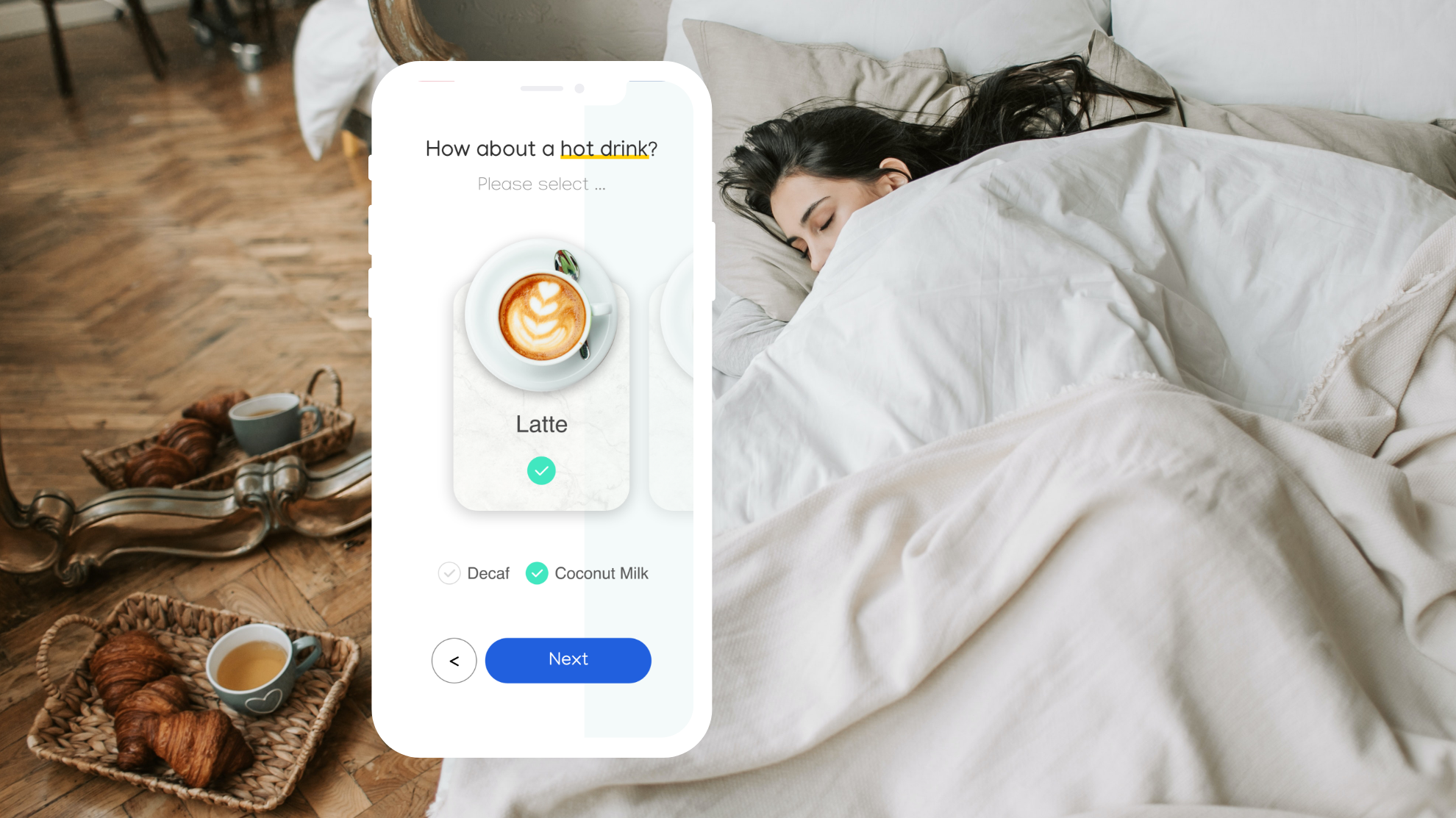I collaborated with Meta and Publicis to develop a potent ad optimisation tool tailored for advertisers and marketers. Our versatile team consisted of Publicis Marketing Group stakeholders, data scientists, data engineers, and development experts, with my role as the lead UX and product designer.
Joining the project during its second phase, my mission was to develop the ad optimization tool, building upon the established look and feel of the dashboard from the initial phase.
This phase introduced a unique challenge: dealing with untrained data sets, which left our engineering team uncertain about the dashboard's capabilities. In response, I opted for a collaborative approach. I engaged senior data scientists and data engineers in extensive discussions, aiming to gain a holistic understanding of the product's potential.
Our collective insights led to the creation of initial concepts (pictured below), setting the stage for the first prototype. This prototype played a pivotal role in kickstarting our conversations with stakeholders.
Initial concepts and sketches from the team ... leading to the first prototype
Embracing agile methodologies, I led the team on an iterative journey. I relied on rapid prototyping, consistently sharing a clickable prototype with the wider team and stakeholders. This allowed us to gather feedback on usability, technical feasibility and functionality. I also aligned our evolving capabilities with insights from the data science team, leveraging the data sets that unveiled answers to what our tool could achieve.
This collaborative and data-driven process reached its peak with the unanimous approval of the 8th prototype (selected screens pictured below). This marked a pivotal moment in our project enabling a seamless transition into crafting high-fidelity designs.
Building upon the design system established in phase one, I extended our efforts to create a scalable user interface. Over the two-week UI phase, I maintained a collaborative approach, working closely with the extended team, including our stakeholders and both front-end and back-end development teams, to incorporate any final adjustments. I also created alternative design options for crucial pages within the tool, anticipating the team's potential requirements for future adjustments, ensuring our work remained flexible and adaptable even after my involvement.
By embracing design thinking, collaboration, and rapid prototyping, we united as a team to create a game-changing ad optimisation tool in just six weeks, empowering advertisers and marketers with unparalleled capabilities.









